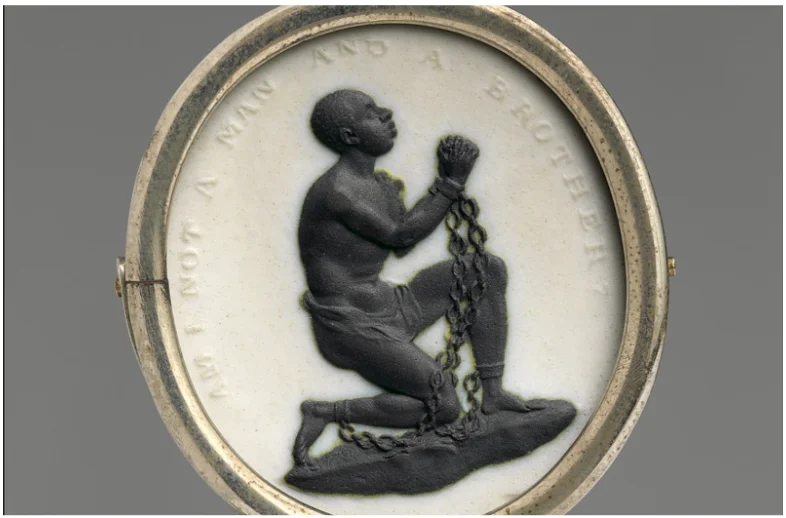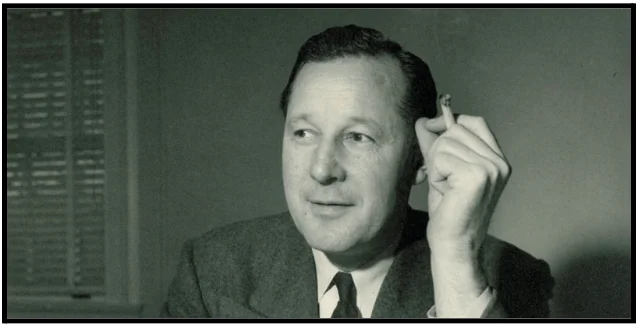Talking Big Ideas.
“If I look at the mass, I will never act.
If I look at the one, I will.”
~ Mother Teresa
Sandy Meadows loved flowers.
When her husband died and she had no money in her bank account, Sandy moved to Baton Rouge, Louisiana, and applied to work in the floral department of a local grocery store. She got the job and was fantastic at it. Not long afterward the store promoted her to manager.
Working with flowers provided Sandy with the solace she craved and the money she needed to support herself. But there was a problem.
Louisiana had a unique law on the books. People who wanted to make floral arrangements at work had to get a special license from the government – like doctors do.
Applicants for the flower license were required to take a test that was graded by existing florists. Of course, these florists had an incentive to prevent newcomers from entering the market. The test was notoriously tough with a higher failure rate than the Louisiana bar exam.
No other state had a law like this:
Sandy tried to pass the test five times. She failed them all. Not because she wasn’t good at arranging flowers – she got promoted to manager – but because the test was deliberately designed to be difficult and arbitrary.
An attorney named Clark Neily from the Institute for Justice teamed up with Sandy to challenge the law in federal court. The government cracked down on Sandy’s grocery store, which was forced to fire Sandy and replace her with a licensed florist.
The last time Clark saw Sandy she was outside her apartment. It was a semi assisted living facility for low-income people. Sandy recently had surgery and was lying down in a common area with a set of staples extending across her stomach. A neighbor was fanning her.
Sandy had no car, no phone, no job – and no electricity. Her power was cut off because she couldn’t pay her bills. It was about 100 degrees outside with sweltering humidity and Sandy was in a great deal of pain.
Clark got her checked into a hotel with air conditioning and returned to DC. He found out a few weeks later that Sandy died.
Sandy died alone and in poverty. Unemployed and broken.
And why? Because the state of Louisiana was more concerned with protecting the politically powerful than protecting Sandy’s basic right to earn an honest living doing the job she loved.
I’ve heard Clark tell Sandy’s story several times. I’ve told it myself for years. Without fail, the audience has a visceral reaction. They understand the law is bad.
By contrast, I’ve sat through boring lectures from academics that explain occupational licensing with jargon and statistics. Their audience’s eyes tend to glaze over.
Sometimes a two-minute story like Sandy’s will do more than two hours of lecture to educate an audience and get them to care.
Aristotle understood this.
Known as the Father of Logic, he taught that effective communication goes beyond dry facts to create an emotional state in the audience. He called this state pathos and argued that it’s an essential companion to logic.
Effective speakers use pathos to put their audience in the correct frame of mind so they are willing to listen. Pathos helps people not just hear the message but feel and experience it.
Modern science agrees.
Researchers at Wharton and Carnegie Mellon show that including pathos in a presentation changes how the audience responds. For example, charitable contributions more than double when a compelling emotional story is included.
Further, when audiences are given a bunch of statistics, it shifts them into an analytical mindset, which makes them less likely to care about the subject.
Pathos can convey sadness and anger, like the story of Sandy Meadow. But it can also create surprise, joy, fear, and excitement. Pathos can help us to cry as well as laugh. When Ronald Reagan was on the ropes for re-election because of his age, he used a simple joke to shut down his detractors and coast to victory. That’s pathos in action.
If we want to effectively connect with our audience, if we want them to understand and care about our ideas, we should use pathos.
Consider the greatest policy victory in history: the abolition of slavery.
Today, everyone understands slavery is an abomination. But it existed for thousands of years and was widely practiced on every continent. The wisest people all supported it, from ancients like Aristotle down to Enlightenment thinkers like Immanuel Kant.
How did people start to care about ending slavery?
A small eccentric group of Quakers in the 1600s became passionate about the cause. They honed clear logical arguments – and brought them to life with compelling emotional stories.
Their ideas and stories slowly spread in Britain throughout the next century. In the late 1700s, an abolitionist medallion became popular. It was a simple piece of jewelry that showed a man in chains under a motto: Am I not a man and a brother?
The medallion turned into a status symbol as it spread globally over the coming decades. It had a tremendous impact and is now accepted as “the most recognizable piece of antislavery paraphernalia” in history.
The medallion is pure pathos.
We can incorporate pathos into our work in several ways. Here are five:
- Power of One: Shine the spotlight on one specific individual. Consider Clark’s story of Sandy Meadows. And the abolitionist medallion with a picture of one man. “A million deaths is a statistic; one death is a tragedy.”
- Piggyback: Show how your ideas connect to ideas your audience already cares about. The British held liberty in high regard. Abolitionists tapped into that.
- Focus on Benefits: John Caples is considered the greatest copy editor of all time. He said people focus too much on features and not enough on benefits. How does your message help your audience? How does it advance their values?
- Avoid the Abstract: Don’t inundate people with abstract facts and statistics. Would you rather donate to a generic general fund, or help save the life of a cute little girl in pigtails?
- Bond over Identity: We are a tribal species. Tap into your audience’s ideals and loyalties. Consider the Don’t Mess with Texas ad campaign that created a huge statewide plunge in littering.
Applying pathos effectively can have a transformational impact.
Britain officially abolished slavery in 1833, and the dominoes began to fall worldwide. But the philosopher William MacAskill explains that this collapse of slavery wasn’t inevitable.
As outlandish as it sounds, MacAskill makes a compelling case that if not for the early Quakers, slavery could still be common today. (It was legal in parts of northern Africa until 1981.) The Quakers intense dedication and effective communication built a movement that slowly allowed their revolutionary idea to take root.
Ending slavery required an appeal to logic as well as emotion. The same is true for the new ideas, values, and policies you are working so hard to bring about.
To win hearts and minds, you must appeal to both hearts and minds.
***
![]() IDEA
IDEA
Bring your ideas to life with emotion.
Pay attention to how you respond to stories today. When you are reading, watching a show, or chatting with people, what causes you to get excited? Angry? Happy?
What lessons can you draw?
***
For more like this:
If you find this useful, please subscribe to our free weekly newsletter.




